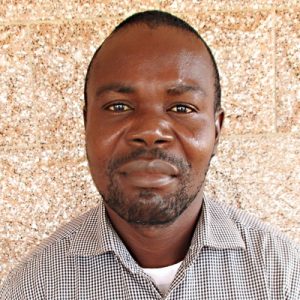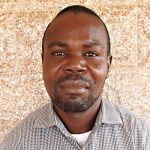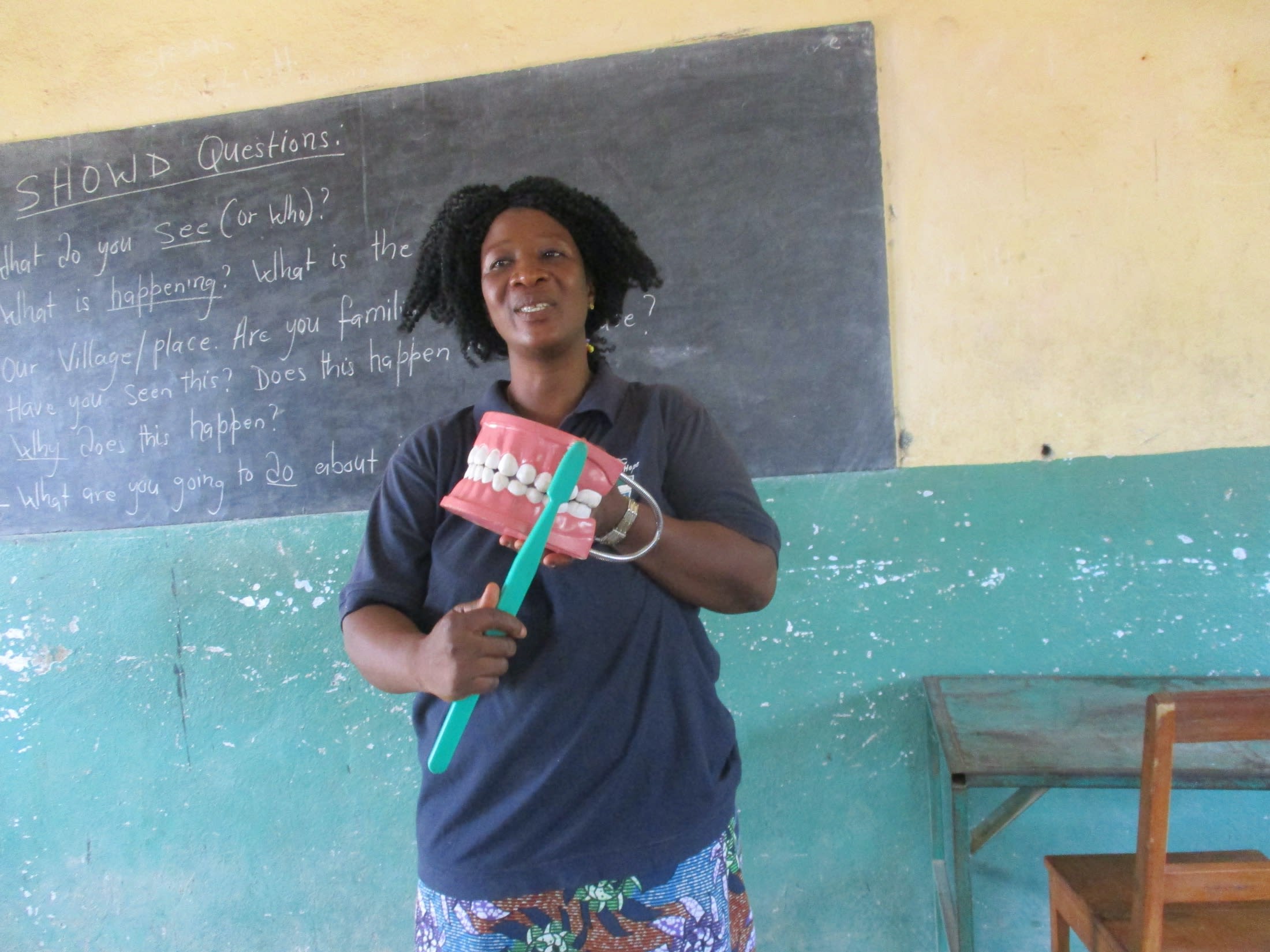St. Mary's Junior Secondary School was established in 2003 based on a public cry for a secondary school within this locality to ease the burden of paying transport for kids to go afar for their education. The local Lewis family was instrumental in pleading and persuading the Reverend Father Albert Mengon, a Salesian Priest, to build this school. The school started at what is now St. Monica Primary School in Tardi and classes were later transferred to the current location. Over the years, the growth of the school has rapidly increased based on the students' success on public exams.
Today, there are 386 students and 16 teachers and staff at this school.
The school is located some meters off the airport ferry highway in a village of Madina. The school grounds are flat. The buildings are painted in blue and white, depicting the school uniform. The school is made up of 2 long buildings consisting of 6 classrooms, a staff room, and offices for the Principal and Vice-Principal. Surrounded by mango trees, the school is well-ventilated and ideal for the teaching and learning process.
Across the street from the school is a church, and on the church grounds is the hand-dug well where students and local community members compete to get their water. We observed that the community-run well is not maintained properly.
Students have a difficult time accessing water from the well because community members prioritize their needs, forcing the students to wait in long lines while the adults collect water first. This means the students are missing a lot of valuable class time in their effort to collect water, and community members are frustrated having to compete with the pupils, often their own children. The scramble for water is causing disharmony within the community.
In addition, cases of waterborne illnesses such as dysentery, typhoid, skin rash, and diarrhea are common for students and community members due to drinking from the unsafe well water. For students, getting sick means more missed class time and lower academic performance. For their parents and the community members, water-related illnesses are costly in both effort and financial resources as they seek medical treatment.
"I have to fetch almost 4 containers of water before going to school. This is the reason why most of the time I am late for school," said Sarafinan, a student at the school.
"The place is also very hard to travel to, especially when you have water on your head. I am forced at times to fetch water from the stream because there is such a long line at the hand pump."
Sarafinan is not alone. Other community members will turn to the nearest stream to get water as well. But while it may be more convenient for some, it is even less safe than the community well. Waterborne diseases are rampant for those who drink this water.
"The last time my kid went to fetch water, she fell down and injured herself. I had to spend over 40,000 Leones ($4) for medication. All of this trouble to fetch contaminated water. Most of our sicknesses are related to drinking the bad water we need," said Mohammed Bangura, a local farmer.
Their options are to either risk their personal health or go without water. The choice is hardly a fair one.
What we can do:
New Well
We will be drilling this at St. Mary’s Junior Secondary School. This project will relieve the people here of their water challenges. A borehole is best because presently the school shares an overcrowded water point with the community. Having the well restricted during the day will help students access to water whenever they need it without waiting in line and they will be able to focus without a lot of noise and distractions around the well.
Our team will drive over the LS200 mud rotary drill rig and set up camp for a couple of nights. Once the well is drilled to a sufficient water column, it will be cased, developed, and then tested. If these tests are positive, our mechanics will install a new India Mark II pump.
This community has been pushed to an open, contaminated well for their water. By drilling this borehole, Tholmossor Community will be provided with plenty of accessible clean drinking water.
Training
There will be hygiene and sanitation training sessions offered for 3 days in a row.
Community members will learn how to make a hands-free handwashing station called the "tippy-tap." We will use these tippy taps for handwashing demonstrations, and will also teach about other tools like dishracks and the importance of properly penning in animals to keep them away from human food and water. We will highlight the need to keep latrines clean, among many other topics.
These trainings will also strengthen a water user committee that will manage and maintain this new well. They will enforce proper behavior and report to us whenever they need our help solving a serious problem, like a pump breakdown.

 Borehole Well and Hand Pump
Borehole Well and Hand Pump
 Rehabilitation Project
Rehabilitation Project
































